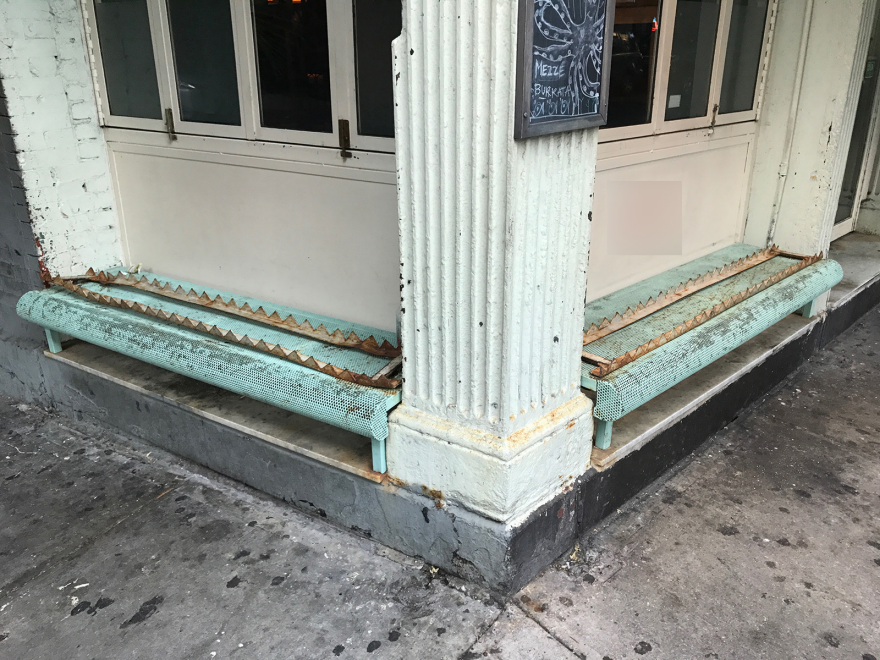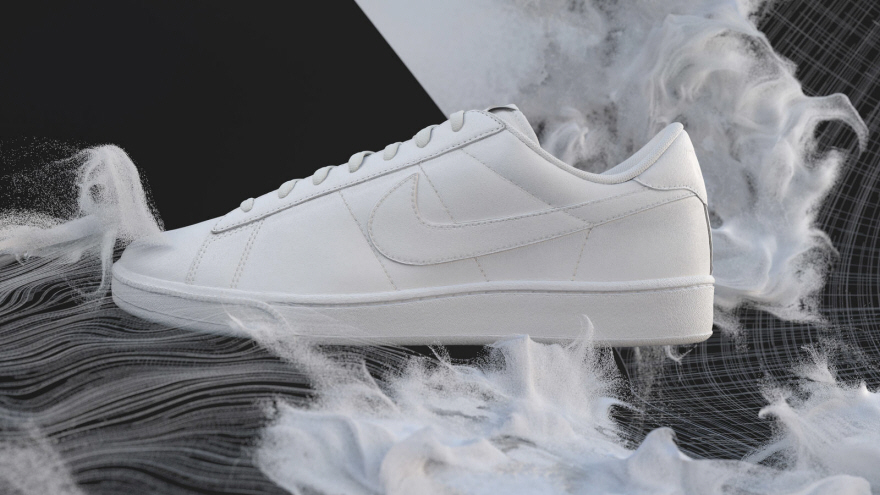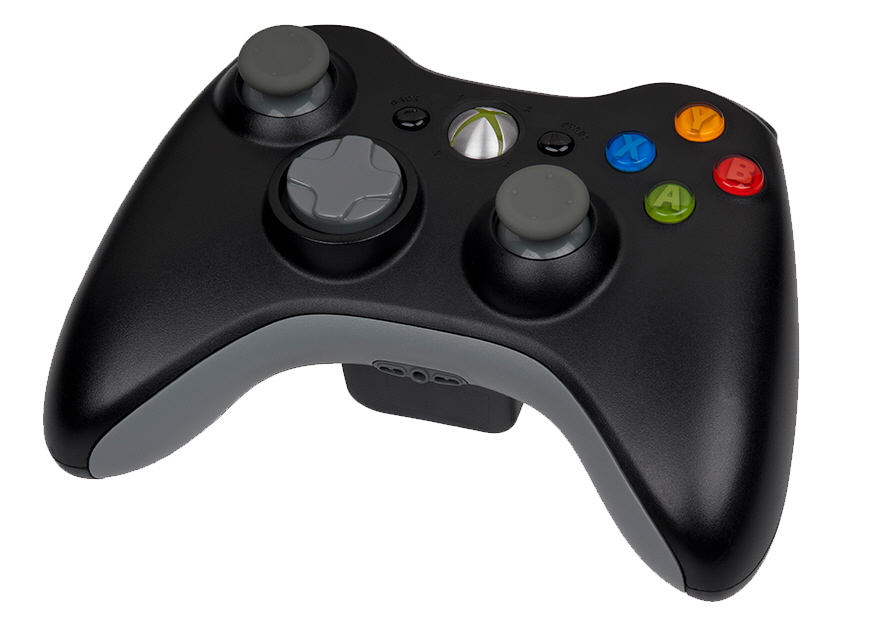A' Design Award & Competition, the world's leading international annual juried competition for design, is now accepting entries for its next cycle. The A' Design Accolades are organized in a wide range of creative fields to highlight the very best designers from all countries in all disciplines. It's almost guaranteed you'll find a place for your work in one of the many categories, which include Industrial Design, Product Design, Service Design, Architecture, Communication Design and Fashion Design. (Check out the rest of the categories here).
 The A' Design Prize
The A' Design PrizeEntries to the competition are peer-reviewed and anonymously judged by an influential jury panel of experienced academics, prominent press members and established professionals. A' Design Award & Competition promises prestige, publicity and international recognition to all A' Design Award Winners through the A' Design Prize which is given to celebrate the awarded designs.
Every year, projects that focus on innovation, technology, design and creativity are awarded with the A' Design Award. Entries are accepted annually till February 28th and results are announced every year on April 15. Designers worldwide are called to take part in the accolades by entering their best works, projects and products. Entries are accepted as long as they were designed in the last 10 years.
To give an idea of projects that are eligible to apply to receive an A' Design Award, we've put together a list of ten diverse projects that have won in previous years:
 Dynavonto Exotic Car Concept by Bashar Ajlani, Vehicle, Mobility and Transportation Design Category Winner, 2011 - 2012
Dynavonto Exotic Car Concept by Bashar Ajlani, Vehicle, Mobility and Transportation Design Category Winner, 2011 - 2012 Calendar 2013 "Module" Calendar by Katsumi Tamura, Graphics and Visual Communication Design Category Winner, 2012 - 2013
Calendar 2013 "Module" Calendar by Katsumi Tamura, Graphics and Visual Communication Design Category Winner, 2012 - 2013 Dhyana Armchair by Salvatore Guzzo, Furniture, Decorative Items and Homeware Design Category Winner, 2011 - 2012
Dhyana Armchair by Salvatore Guzzo, Furniture, Decorative Items and Homeware Design Category Winner, 2011 - 2012 Printed Bulbs Light Bulb by Eric Brockmeyer + Karl Willis, Lighting Products and Lighting Projects Design Category Winner, 2012 - 2013
Printed Bulbs Light Bulb by Eric Brockmeyer + Karl Willis, Lighting Products and Lighting Projects Design Category Winner, 2012 - 2013  Shoe Class Sneaker store by Pinkeye, Interior Space and Exhibition Design Category Winner, 2012 - 2013
Shoe Class Sneaker store by Pinkeye, Interior Space and Exhibition Design Category Winner, 2012 - 2013  Smartstreets-Cyclepark™ Transformational bike parking by Chris Garcin and Andrew Farish (Team), Street Furniture Design Category Winner, 2013 - 2014
Smartstreets-Cyclepark™ Transformational bike parking by Chris Garcin and Andrew Farish (Team), Street Furniture Design Category Winner, 2013 - 2014  Conspiracy shoes Luxury Shoes by Gianluca Tamburini, Footwear, Shoes and Boots Design Category Winner, 2013 - 2014
Conspiracy shoes Luxury Shoes by Gianluca Tamburini, Footwear, Shoes and Boots Design Category Winner, 2013 - 2014  Baan Dinner set cupboard by Mr.Paitoon Keatkeereerut,Chawin Hanjing, Furniture, Decorative Items and Homeware Design Category Winner, 2013 - 2014
Baan Dinner set cupboard by Mr.Paitoon Keatkeereerut,Chawin Hanjing, Furniture, Decorative Items and Homeware Design Category Winner, 2013 - 2014 Flow Coffee Table & Stools by Olena Sydoruk, Arts, Crafts and Ready-Made Design Category Winner, 2010 - 2011
Flow Coffee Table & Stools by Olena Sydoruk, Arts, Crafts and Ready-Made Design Category Winner, 2010 - 2011 Kitchen Train Kitchen Accesories by Ahmad Abedini, Home Appliances Design Category Winner, 2011 - 2012
Kitchen Train Kitchen Accesories by Ahmad Abedini, Home Appliances Design Category Winner, 2011 - 2012 Did you enjoy the designs above? We will be publishing a selection of award winners on April 15. To have an opportunity to get your design published, featured and promoted, remember to submit it before the entry deadline. Send Your Works today to The A' Design Competition :Nominate Your Best Design Project.






























































































